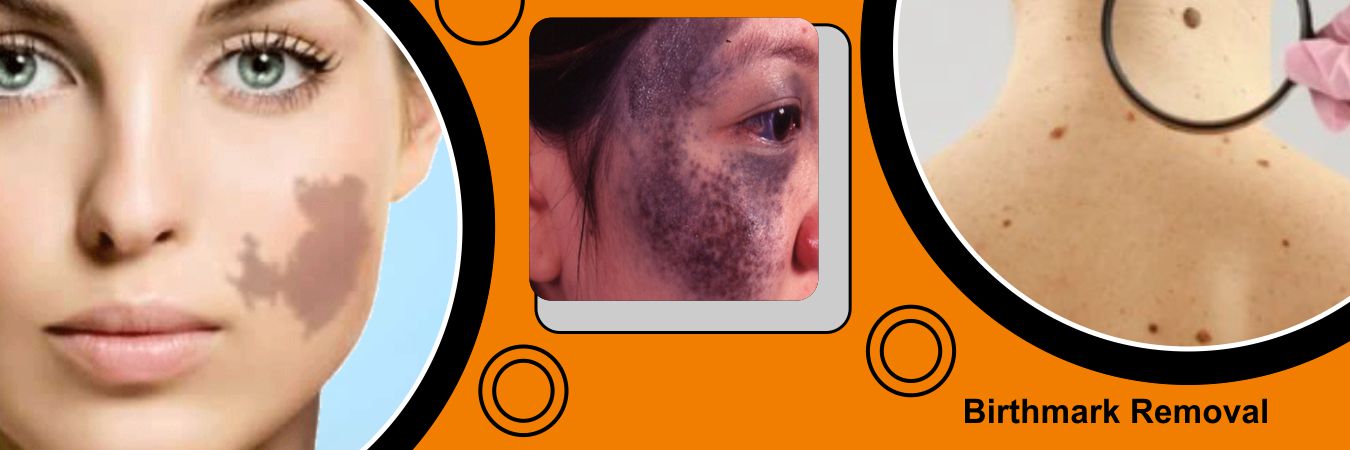


Birthmarks are pigmented skin lesions present since birth and are often permanent. They may be of varying colour and sizes. They can be red, pink, purple or brown patches. Birthmarks can occur on any body part.
Vascular birthmarks, which are usually red, pink or purple in colour, are caused by an abnormality in the blood vessels of skin. Brown pigmented birthmarks are usually caused by accumulation of melanin (pigment) in the skin.
Birthmarks are usually not harmful, and hence do not require any treatment. However, in some people, especially when birth marks are large in size or are present on aesthetically important areas like the face, they have an impact on the person’s confidence and self-esteem, so they might be treated.
Yes. Laser treatment can help remove most types of birthmarks. The type of laser to be used depends upon the type and colour of the birthmark. Some birthmarks might require surgical excision.
Lasers are a safe and effective modality of treatment to remove birthmarks. Laser beams penetrate skin upto the level of pigmented birthmark and break it down into small particles. These fragmented particles are slowly cleared from that site naturally by body's own immune cells.
The Q-switched Nd:YAG laser is scarless technique to remove birthmarks. Rarely, pigmentary changes in the form of hyperpigmentation or hypo pigmentation may occur, which are temporary and improve with time.
It usually takes 7-10 days for the crust to fall off and the skin to heal. One should never try to pick the crust during first week as it may damage the underlying healing skin and thus lead to scarring.
Laser birthmark removal is associated with some discomfort. However, application of topical anaesthesia cream for 30 minutes prior to the procedure helps in reducing the pain. Cold air or ice may be used to minimise discomfort.
Yes, treatment is suitable for all skin types, however, people with darker skin colour have higher chances of developing hyperpigmentation post procedure, which is temporary and resolves slowly.